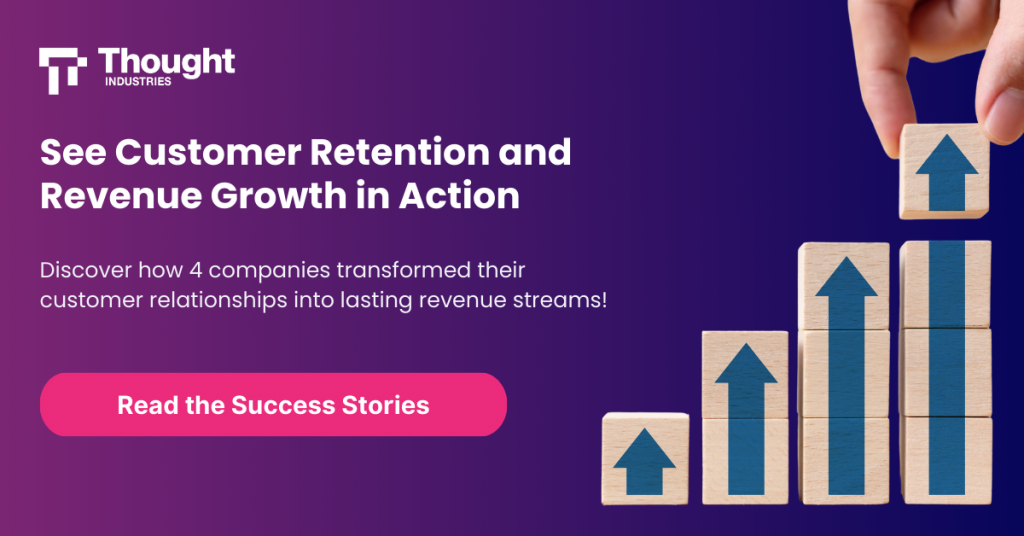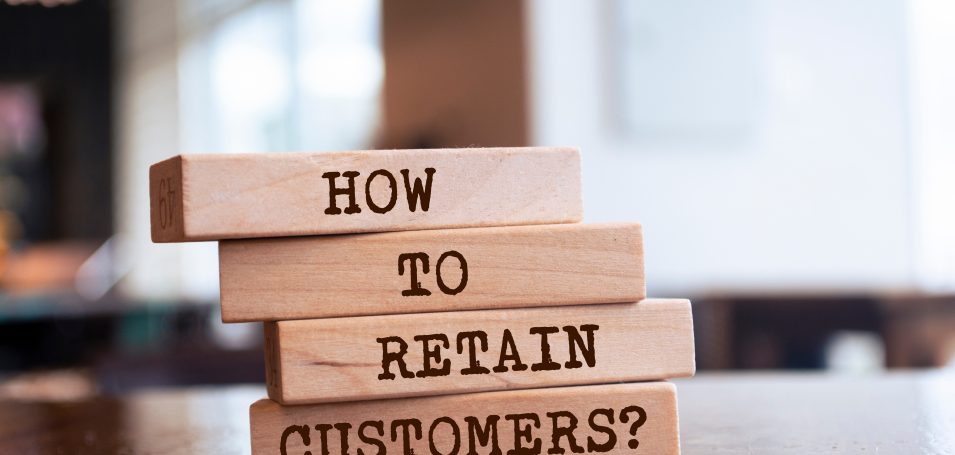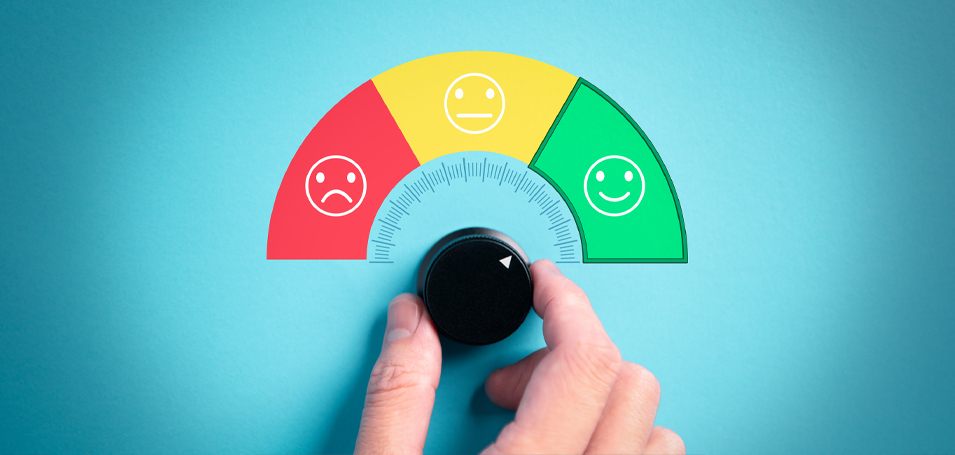Did you know that acquiring a new customer can cost up to five times or more than retaining an existing one? You cannot achieve sustainable growth without customer retention. By consistently monitoring and improving your retention efforts, your company can reduce overall costs while cultivating long-term loyalty.
Here, we’ll define a customer retention model and explain how it can help your business. You’ll learn about different retention model types, practical implementation strategies, and proven ways to overcome common retention challenges so your business can boost satisfaction and drive long-term profitability.
Keep reading to discover how your team can transform a well-executed customer retention program into its most powerful growth engine yet.

What Is a Customer Retention Model?
A customer retention model is a strategy for keeping existing customers engaged, satisfied, and loyal over time. Unlike customer acquisition (CAC) models, which focus on attracting new customers, retention models help you maximize the value of your current customers.
Organizations that invest in and leverage customer retention strategies often experience greater profitability, accelerated growth, and less customer churn.
Why Customer Retention Is Critical for Long-Term Success
Per McKinsey, new revenue earned from existing customers comprises 80% of a growing company’s value creation—and it takes three new acquisitions to replace one of your current customers. So, any company will struggle to stay profitable if its customers lack loyalty.
To avoid churn, you must understand how to increase customer retention using personalization strategies. In turn, loyal customers:
- Provide steady revenue through repeat purchases
- Reduce marketing costs—and even help through third-party promotion
- Increase customer lifetime value (LTV), fueling long-term growth
Proof of all this? According to information technology company Smile.io, the top 5% of an eCommerce store’s customers produce 35% of its revenue. Naturally, this 5% includes a company’s most loyal customers—those who return repeatedly to make purchases.
Common Types of Customer Retention Models
There are many different customer retention models. Wondering which one your company should implement? Here’s a quick breakdown to help you decide.
The RFM Model (Recency, Frequency, Monetary)
The RFM model measures customer behavior based on three factors:
- Recency: How recently a customer made a purchase
- Frequency: How often they make purchases
- Monetary: How much they spend
Thanks to shorter sales cycles, retailers and eCommerce companies typically benefit most from the RFM model. By analyzing purchasing patterns, they can strategically target their customer base’s most valuable and high-spending members.
An example of this model type is the next purchase model, which uses data such as recency, frequency, and monetary value to predict when a customer is likely to make their next purchase. Based on their past behavior patterns, you can then strategically target customers expected to engage soon.
Churn Prediction Models
Churn prediction models use customer data to forecast which individuals are likely to leave. These models make determinations by analyzing the following:
- Customer lifetime value
- Engagement rates
- Behavior patterns
Forecasting retention helps you identify at-risk customers to initiate proactive retention strategies to save them and reduce customer churn.
One example of this model type is a logistic regression model. It uses a statistical methodology to classify customers into groups, such as those likely to churn and stay.
Customer Segmentation Models
Customer segmentation models group consumers based on their behaviors, preferences, or demographics, allowing businesses to tailor their retention strategies to each segment’s unique needs. This personalized approach generally leads to better customer experiences and makes marketing efforts more effective due to the relevant, targeted messaging.
A response model, for instance, analyzes how different segments of your customers respond to various offers or campaigns. You’d customize retention tactics per segment according to each group’s behaviors or preferences, much like A/B Testing.
Driving Engagement Through Training and Behavioral Models
For B2B audiences, loyalty programs include training initiatives, product adoption strategies, and engagement tools that foster long-term relationships. Companies can incentivize continued usage and deeper integration by focusing on customer success. Programs like structured onboarding, certification pathways, and exclusive training content ensure customers derive maximum value, boosting retention and loyalty.
How to Build and Implement an Effective Customer Retention Model
Once your business chooses a customer retention strategy from these models, it’s time to implement it. Identify key customer segments based on behaviors, demographics, or purchase patterns. Next, establish which metrics you’ll track to monitor your progress, such as:
- Engagement rates and user behavior
- Churn rate
- Customer retention rate
- Customer lifetime value
- Net promoter score (NPS)
Develop personalized engagement strategies, such as tailored offers, loyalty programs, or leveraging customer education, to drive retention and keep customers invested in your brand. Then, gather engagement data relevant to your metrics and refine your customer retention programs and strategies.
Of course, this last step is circular. The only way to ensure you keep meeting (and exceeding) customer needs is to keep measuring your retention efforts. Adjust your methods as needed to maximize customer loyalty and long-term profitability.
Measuring and Optimizing Your Customer Retention Model
Metrics like customer retention rates, NPS, and customer satisfaction scores (CSAT) provide valuable insights into customer loyalty and satisfaction levels. In addition, collecting customer feedback through surveys, reviews, or activity data directly collected in platforms or apps will help you identify pain points or issues needing improvement along the customer journey.
Analyzing this data will allow you to improve your retention strategies by offering customized experiences or targeted incentives. Tools like CRM software, customer analytics platforms, and email marketing automation (e.g., Salesforce, Zendesk, or HubSpot) can help your team track these metrics and provide actionable insights to boost customer retention.
Common Challenges and How to Overcome Them
You might still encounter some challenges with retaining customers even after adopting a model, including:
- Low product adoption
- Vague product recognition
- Feature overwhelm
- Lack of customer engagement
- Difficulty in personalizing experiences
To overcome these issues, focus on delivering exceptional customer service, personalizing your marketing messages, and offering incentives like loyalty rewards. In addition, engage your customers more through relevant content, provide consistent touchpoints across channels, and use their feedback to improve your offerings.
But, most importantly, educate your customers.
Thought Industries’ purpose-built external learning platform will help you achieve your retention goals. By educating your customers about your products and how to use them, they’ll grow more engaged and excited about incorporating them into their daily lives, increasing their satisfaction and loyalty to your brand.
Customer training via the Thought Industries platform delivers:
- Deeper engagement and adoption
- Empowered and confident customers
- Structured onboarding
- An understanding of the product’s value
- Manageable learning that breaks down complex functionalities
- Tips to help customers integrate the product into their lives
- Information about new features and product updates
Moreover, our customizable LMS leverages AI-powered analytics and insights to provide you with a deeper understanding of your customers, their behaviors, and how to meet their needs so you can keep them satisfied far into the future.
Driving Long-Term Success With Customer Retention Models
Businesses that want to grow and prosper over the long term simply cannot afford to overlook customer retention. Given how much more expensive it is to acquire new customers versus keeping existing ones, it’s no doubt in your—and their—best interest to implement a customer retention model.
Focusing on retention lets you cultivate more loyal customers, reducing churn and increasing their lifetime value. As outlined above, segmenting your customers, tracking key metrics, and developing personalized engagement strategies that include customer education and training is important.
By viewing retention as an ongoing effort to continually adjust based on feedback and data, your company will ultimately drive profitability and achieve sustainable growth and success.
To learn more about how Thought Industries’ platform improves customer retention through education, contact us about a demo!



